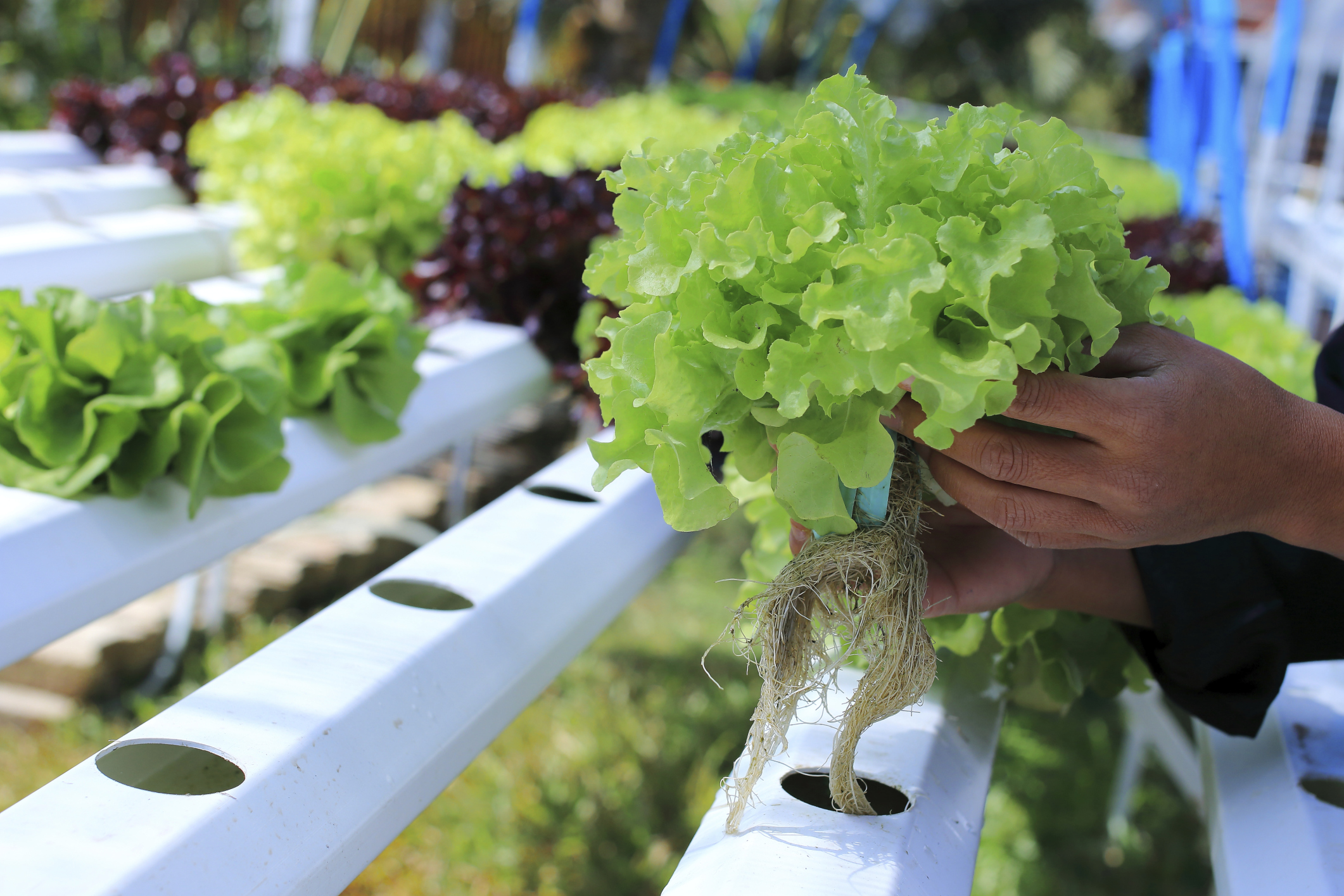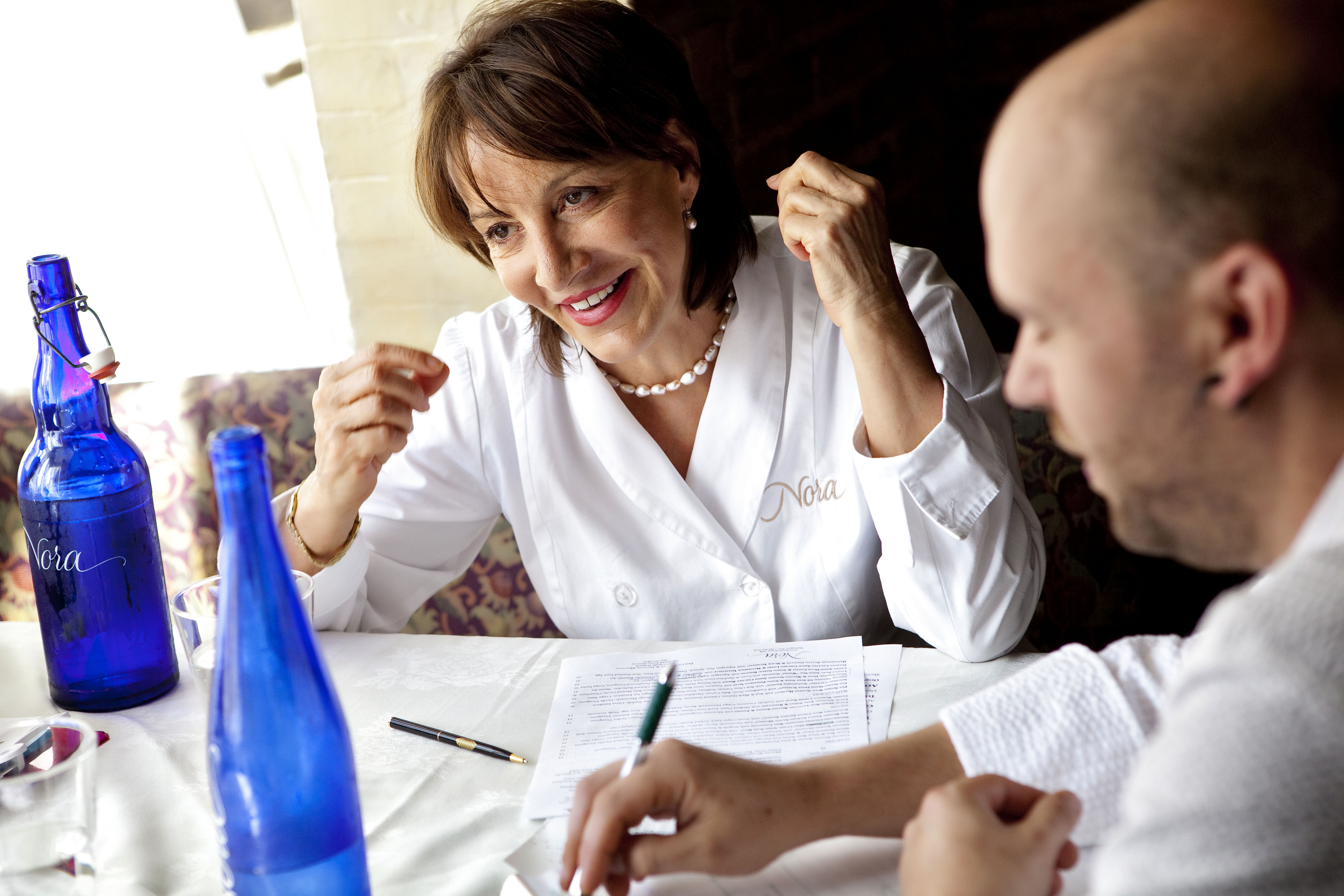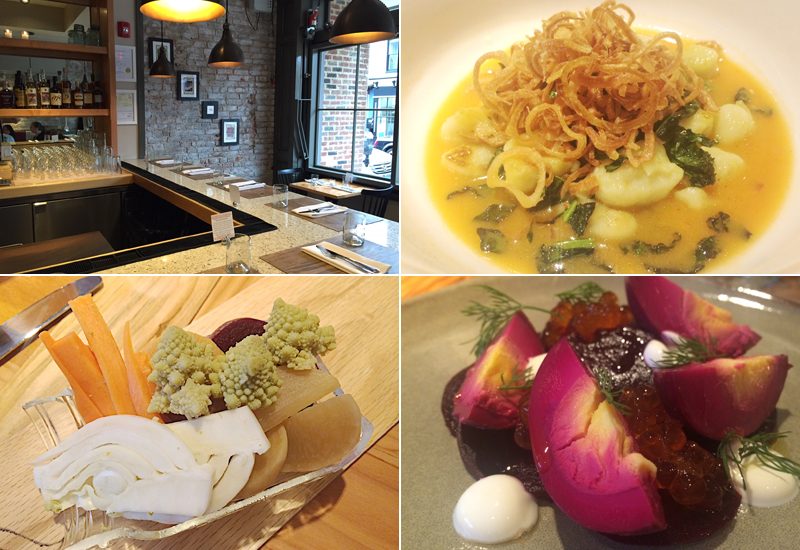WASHINGTON — Nearly 10 years ago, Cathal Armstrong purchased a small plot of land next to his Old Town Alexandria eatery, Restaurant Eve. The chef intended to start a hobby garden for his own amusement and to educate his staff on homegrown food.
But over the years, it’s grown into so much more.
Armstrong, who grew up in the suburbs of Dublin, Ireland, got his first taste of gardening when he was a kid. His dad was a hobby gardener, and all six kids were expected to pitch in when it came to maintaining the family’s 2,000 square-foot garden.
“Of course as kids we hated it because he would make us get up at 7 o’clock in the morning,” says Armstrong, who also has memories of being embarrassed in front of neighborhood friends when trucks of horse manure were delivered to the house and he had to spend afternoons wheelbarrowing it around to the garden. “It was more of a chore in those years. I didn’t really realize the attraction to it.”
The garden — which was packed with plums, rhubarb, leeks, potatoes and more — started as a pastime, but the family of eight eventually became dependent on it.
“At one stage, [my dad’s] business closed, so the garden became much more of a necessity than a hobby,” Armstrong says. “We lived off of it for probably six or eight months until he got into a new business.”
However, it took decades for Armstrong to truly appreciate the garden. After working in the food industry for a few years, he took his wife, Meshelle, home to Ireland for the first time. The garden was in full bloom, so the two gathered some fresh peas and potatoes.
“I don’t remember ever eating anything as exquisite in my life,” says Armstrong, who has since cooked for President Barack Obama and the first lady, among many other notable names.
“We’ve been fortunate to be exposed to all the luxury foods — caviar, truffles and that stuff — but nothing was as ethereal as the taste of these fresh potatoes.”
And so he was hooked.
—
In many ways, Armstrong’s Alexandria garden is much like his father’s. He intended for it to be a small side-project, but it has since grown to a point where it helps sustain his restaurant. Its fruit trees, herb bushes and vegetable plants inspire dishes on the ever-changing menu.
“It’s a small space, but similar to what my father was doing, we pack a huge amount into it,” says Armstrong, who spends about an hour a day in the restaurant’s fenced-in garden. “We change the menu here every day anyway, and a lot of it is just driven by what I get. The garden will be the deciding factor about how a dish works.”
If horseradish is ready, it completely changes how the kitchen thinks about and prepares its steak dish. Armstrong says the obvious choice is to make a horseradish cream, which leads to a Bordelaise sauce and Yorkshire pudding.
“And there you’ve created a dish based on one ingredient, and that happens a lot to us.”
If a product for the garden isn’t the deciding factor for a dish, it’s likely the garden is still present on the plate, either as an added bite of flavor or a garnish.
“We’ll even find ourselves picking throughout dinner service from the garden and getting it from the plant immediately into the food. The aroma, the flavor is intense. It really can’t be understated — it’s dramatic the difference in taste,” Armstrong says.
Just as the garden fuels Restaurant Eve’s busy kitchen, Armstrong says the kitchen feeds his garden. Vegetable peelings and raw scraps that don’t make the cut for stocks and sauces are composted; cooked food waste goes into a wormery, which eventually fertilizes the garden.
Armstrong’s restaurant garden has become the backbone of his kitchen, but it’s also given him a platform to educate others outside the restaurant. He counseled First Lady Michelle Obama, along with other local chefs, for her Let’s Move! initiative, and started a nonprofit, called Chefs as Parents, to improve the school lunch system.
Over the years, he’s found the garden to be a great way to get kids excited about fresh and healthy foods. He says enlisting the help of little ones in the garden encourages them to try things they might otherwise refuse — like radishes.
“And that’s a big part with kids is just convincing them to try something and then reinforcing it,” says Armstrong, who has two children of his own. “The excitement of seeing things grow is a great way to introduce kids to food.”
Armstrong recently announced plans to open an Asian restaurant near D.C.’s Southwest Waterfront in 2018. And while he might not have the luxury of space for a large garden, Armstrong says he will still look for a way to grow his own fresh food, whether in potted plants, in window boxes or on the roof.
“It’s not really something I could live without at this stage,” Armstrong says about a garden. “It’s been a long romance with the garden for me, and I didn’t realize that it was a romance until years later when I was separated from it.”







